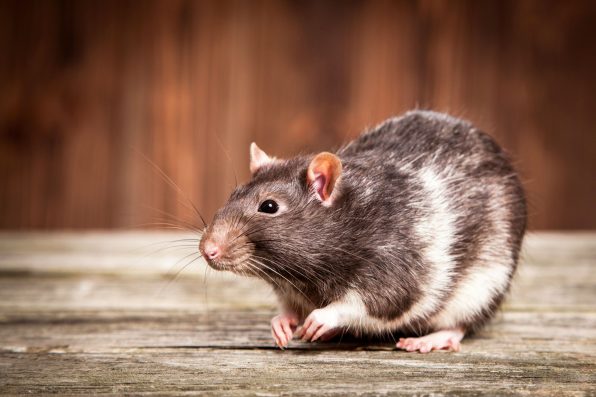Rats Already Communicate Via Ultrasonic Squeaks, But It Might Help Enhance Their Sense Of Smell

Rats are known to communicate with each other using ultrasonic squeaks, meaning they’re so high-pitched that human ears can’t hear them. Now, scientists have found that the vocalizations might help the rats enhance their sense of smell.
Researchers have been aware of rats’ communication systems. Previously, it was believed that their vocalizations at ultrasonic frequencies were used to help them find mates and even to express their emotions.
For instance, one study that took place in recent years found that some of the rats’ vocalizations could be a kind of laugh since they also do it when researchers tickle them.
A new study has shown that the ultrasonic frequencies might serve another unexpected but beneficial purpose.
The rats could use the sounds to manipulate particles in the air around them. Then, they quickly inhale them to boost their sense of smell.
“This phenomenon has never been observed before, or I believe even suspected, in any animal,” said Eduardo Mercado II, a co-author of the study and a bioacoustics expert and psychology professor from the University of Buffalo.
“They’re creating new pathways of information by manipulating their environment and controlling the molecular interactions of particles around them.”
Mercado and colleagues were inspired to explore the idea by previous studies about how rodents navigate their environment.
After studying the rats’ ultrasonic vocalizations, they identified an interesting behavioral pattern.

George Dolgikh – stock.adobe.com – illustrative purposes only, not the actual rat
They discovered that the animals sniffed the air immediately after making a sound. Such techniques exist in vibroacoustics, a field of study where ultrasound vibrations are used to create particle clusters in the air.
It’s possible that the rats are doing something similar. They could be using sound to create clusters of odor molecules that their powerful noses can detect more easily, allowing them to pick up on the traces of their friends, foes, or potential mates.
Since the 1950s, the ultrasonic field in rats has been an area of interest among scholars. Rats are also often used in research because of how similar they are to humans in terms of their communication, social behavior, and emotional processing.
Right now, Mercado and his team do not have a complete understanding of how nanoparticles can be manipulated by sound.
The concept has not been proven yet, but if it turns out to be true, it will reveal new insights into animal behavior and make an impact on an entire field of research.
“It’s a radically different process, and the findings could have far-reaching implications ranging from the development of treatments for psychological disorders to a better understanding of the evolutionary drivers of many cognitive processes to technological advancement,” Mercado said in a statement from the University of Buffalo.
The study was published in Neuroscience & Biobehavioral Reviews.
Sign up for Chip Chick’s newsletter and get stories like this delivered to your inbox.
More About:Animals





